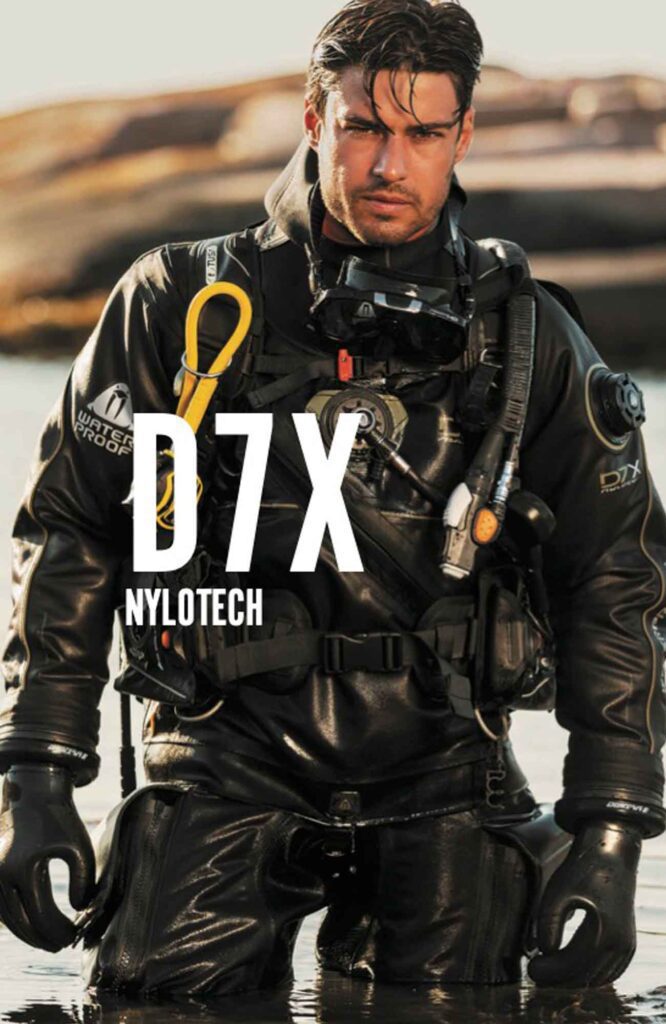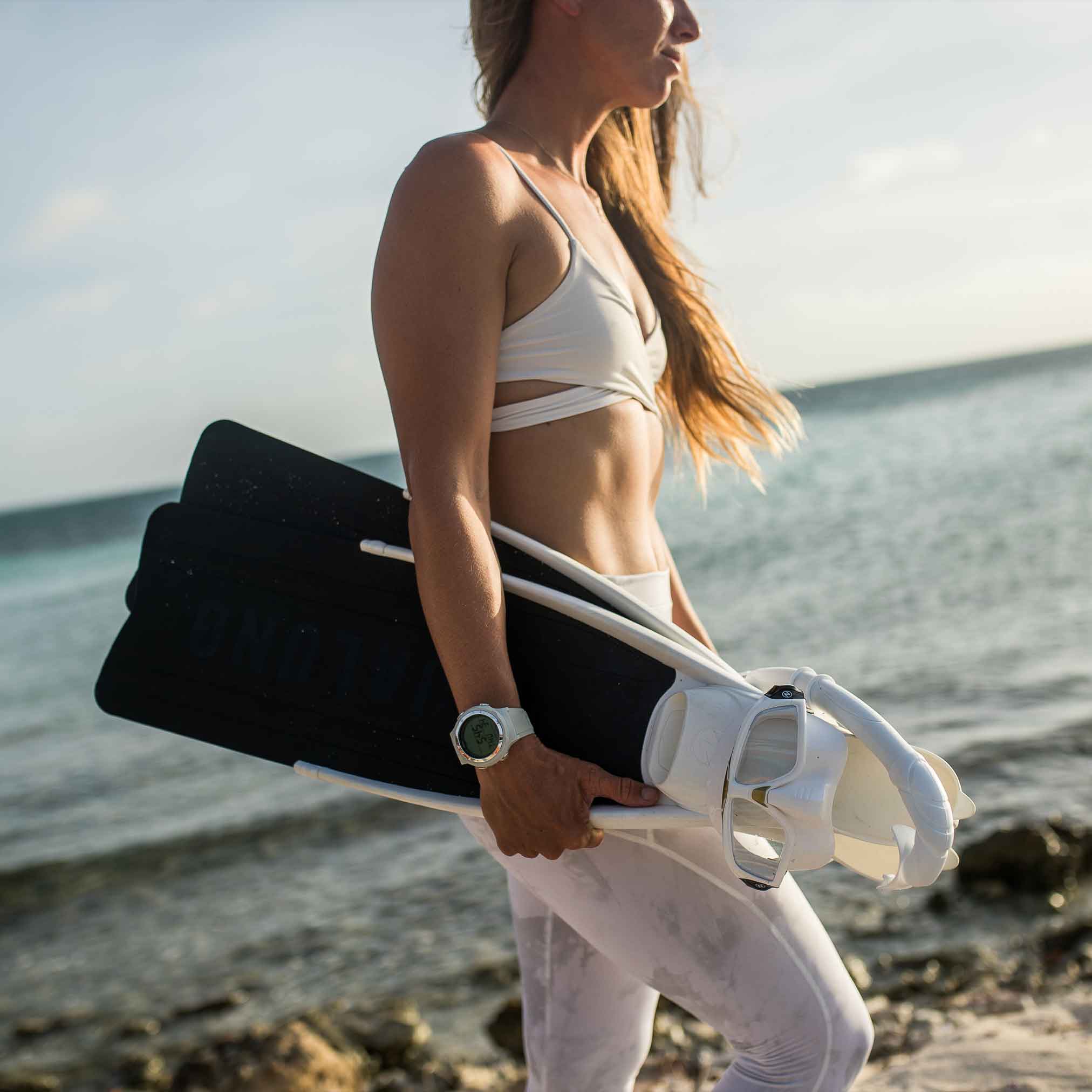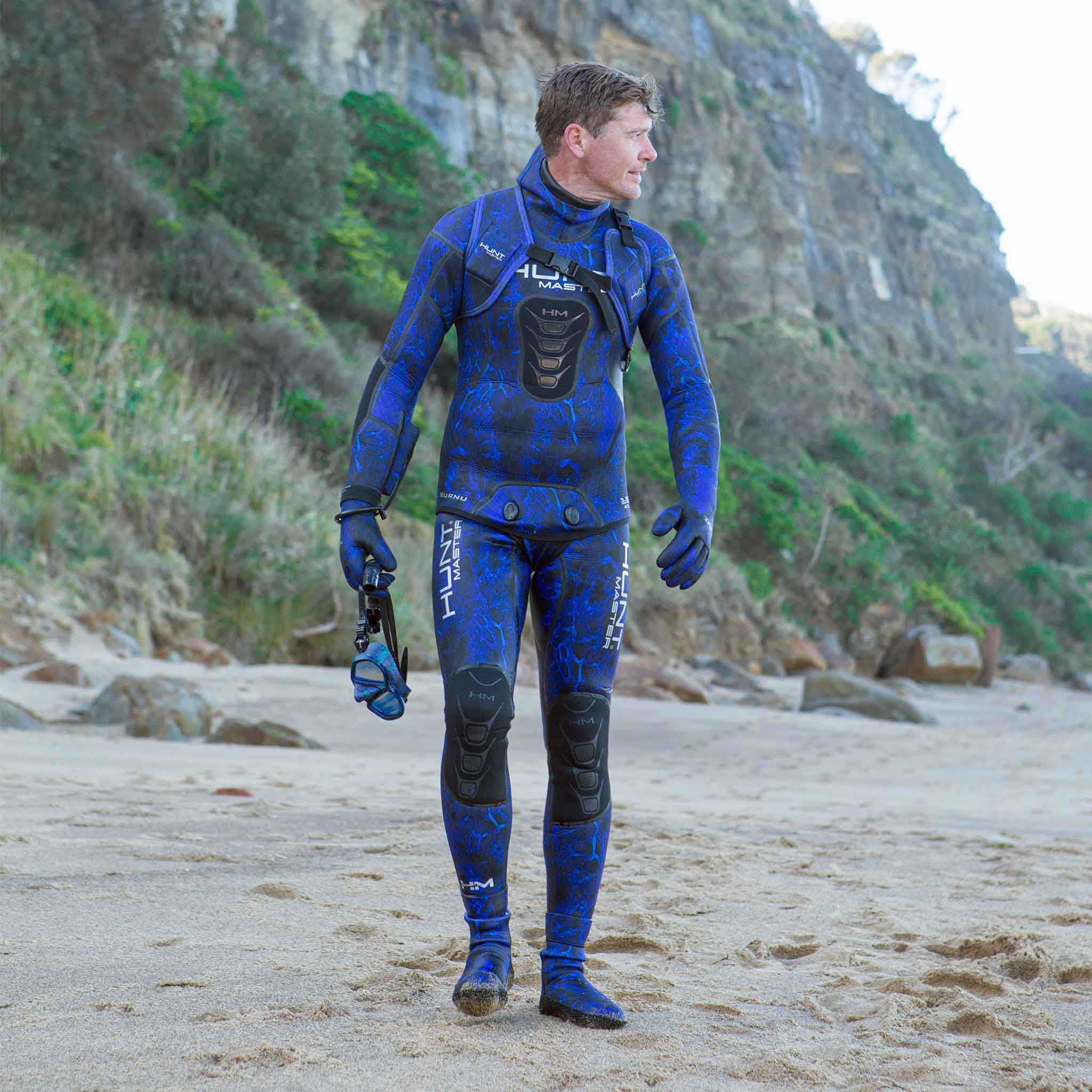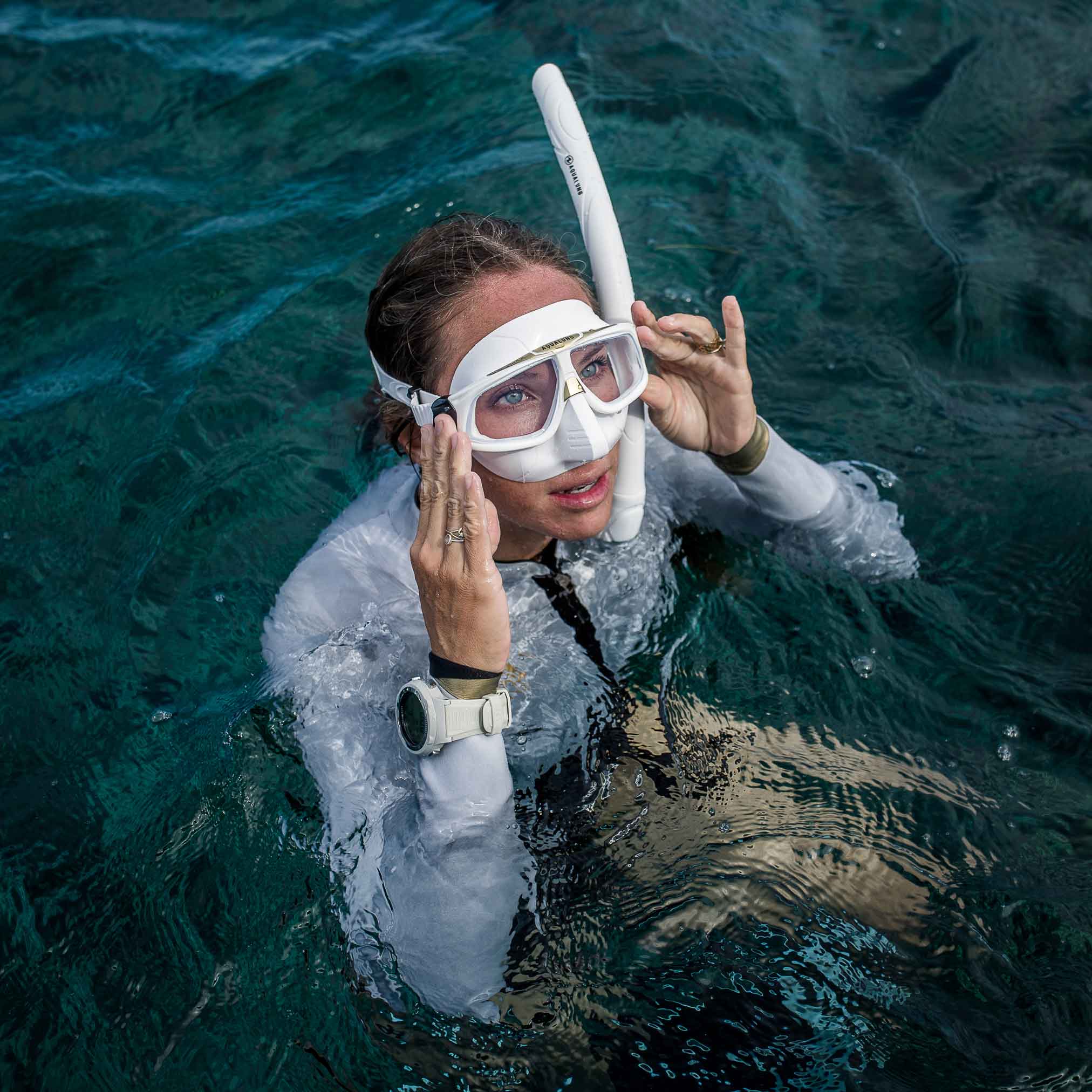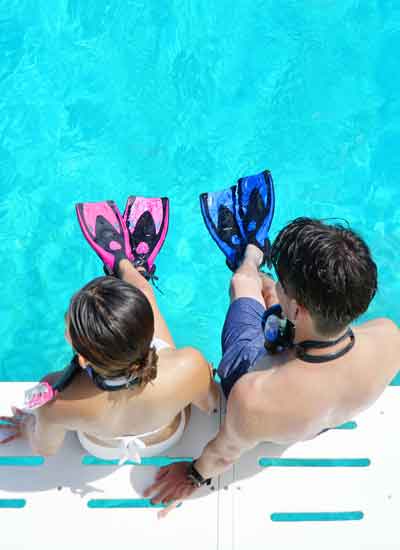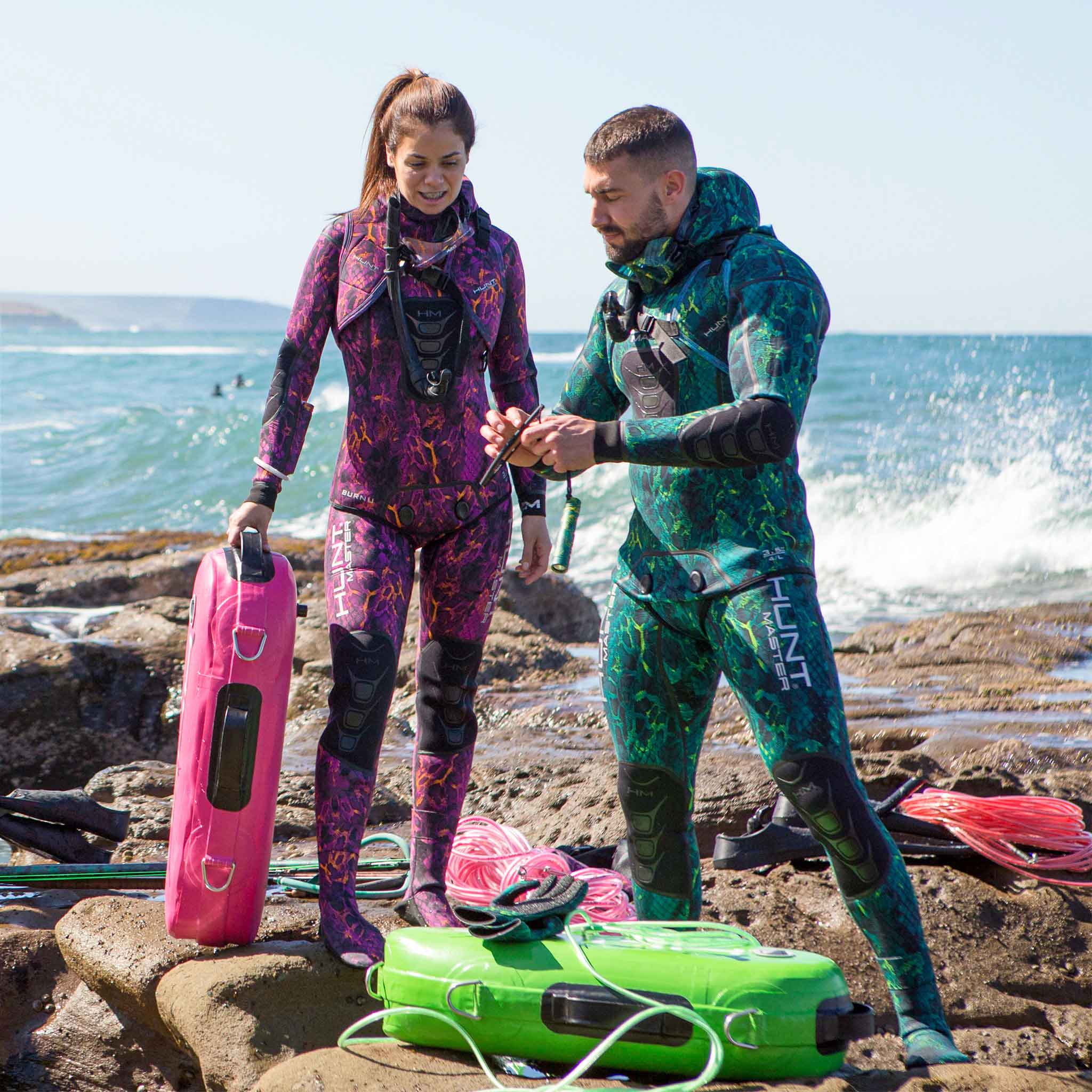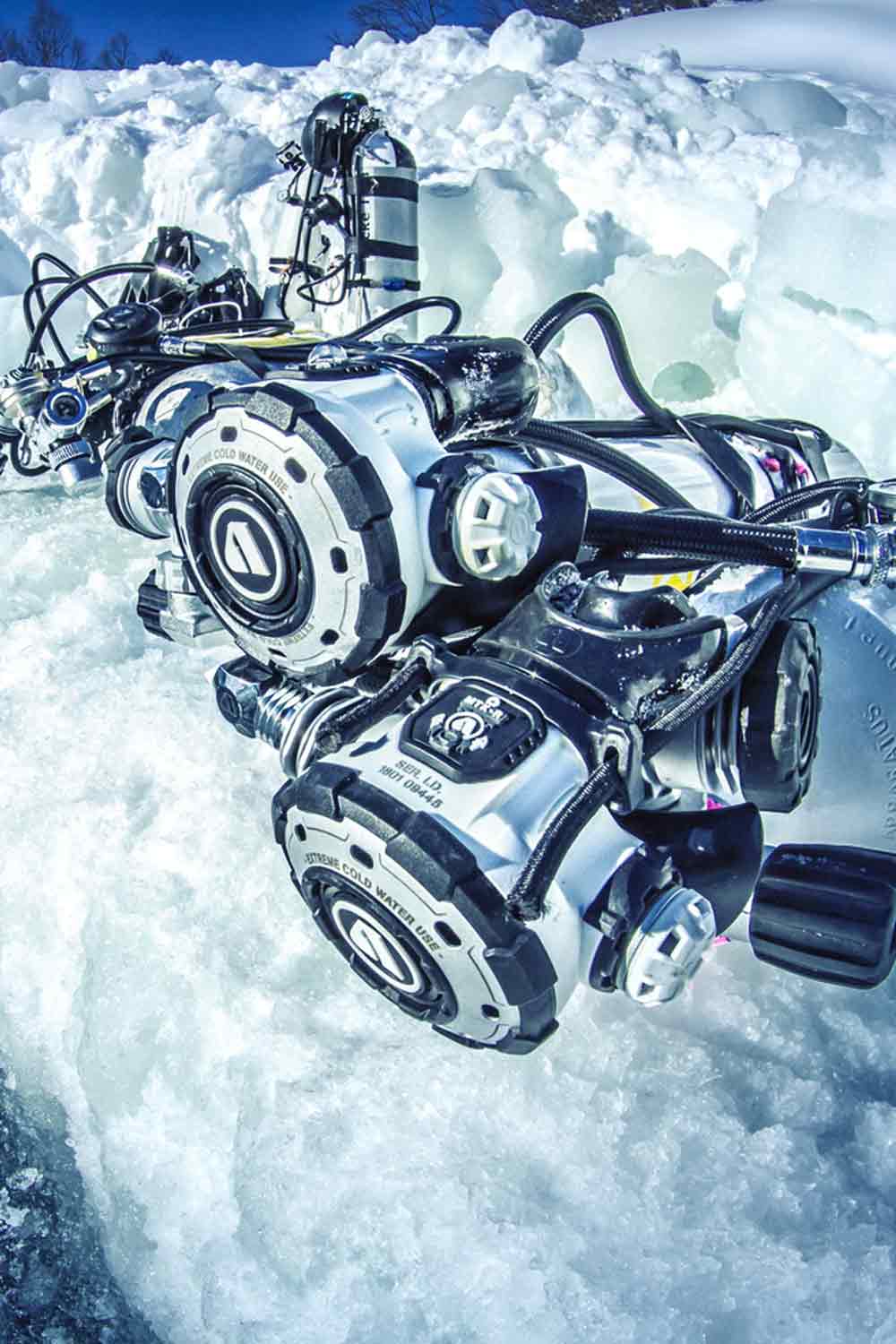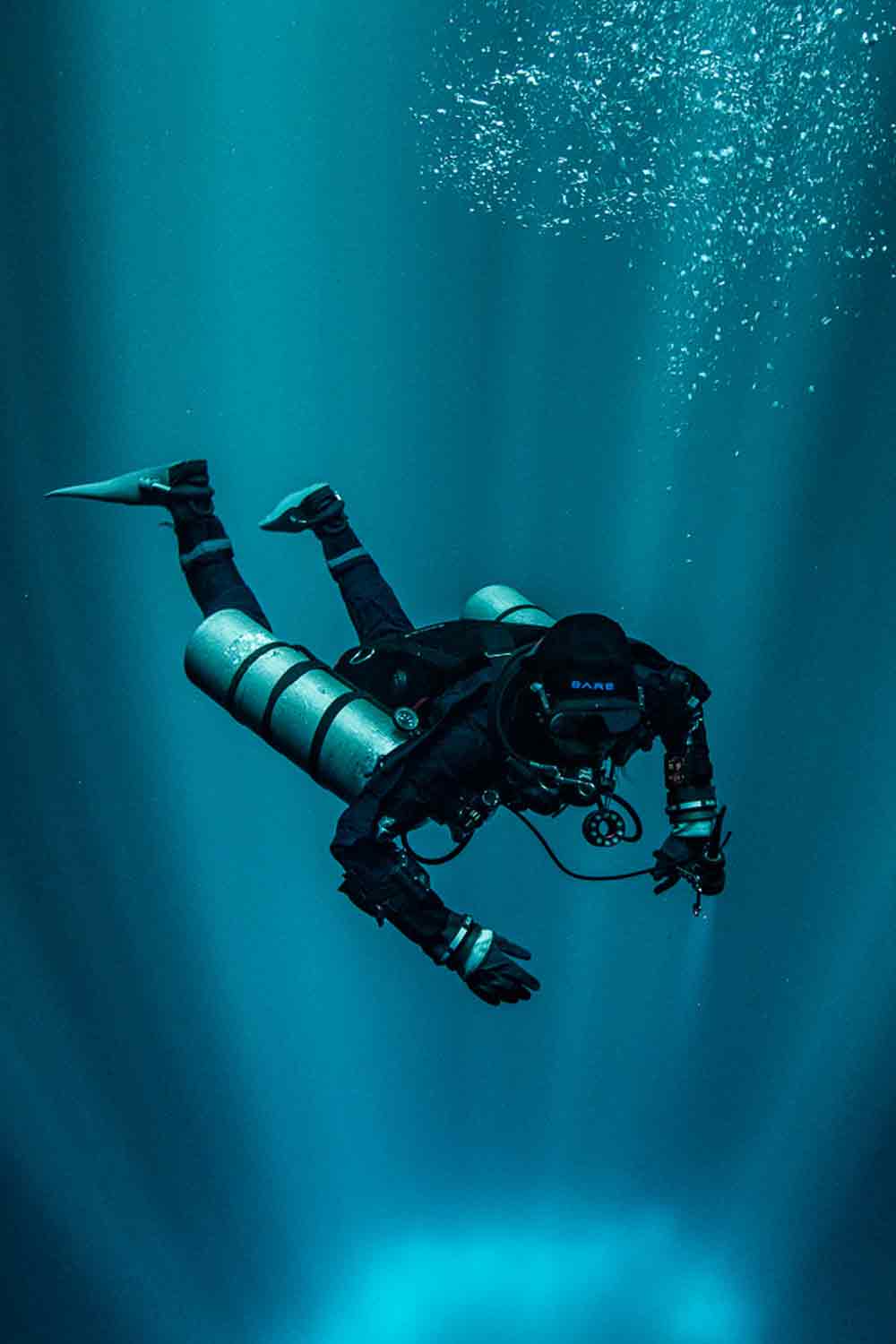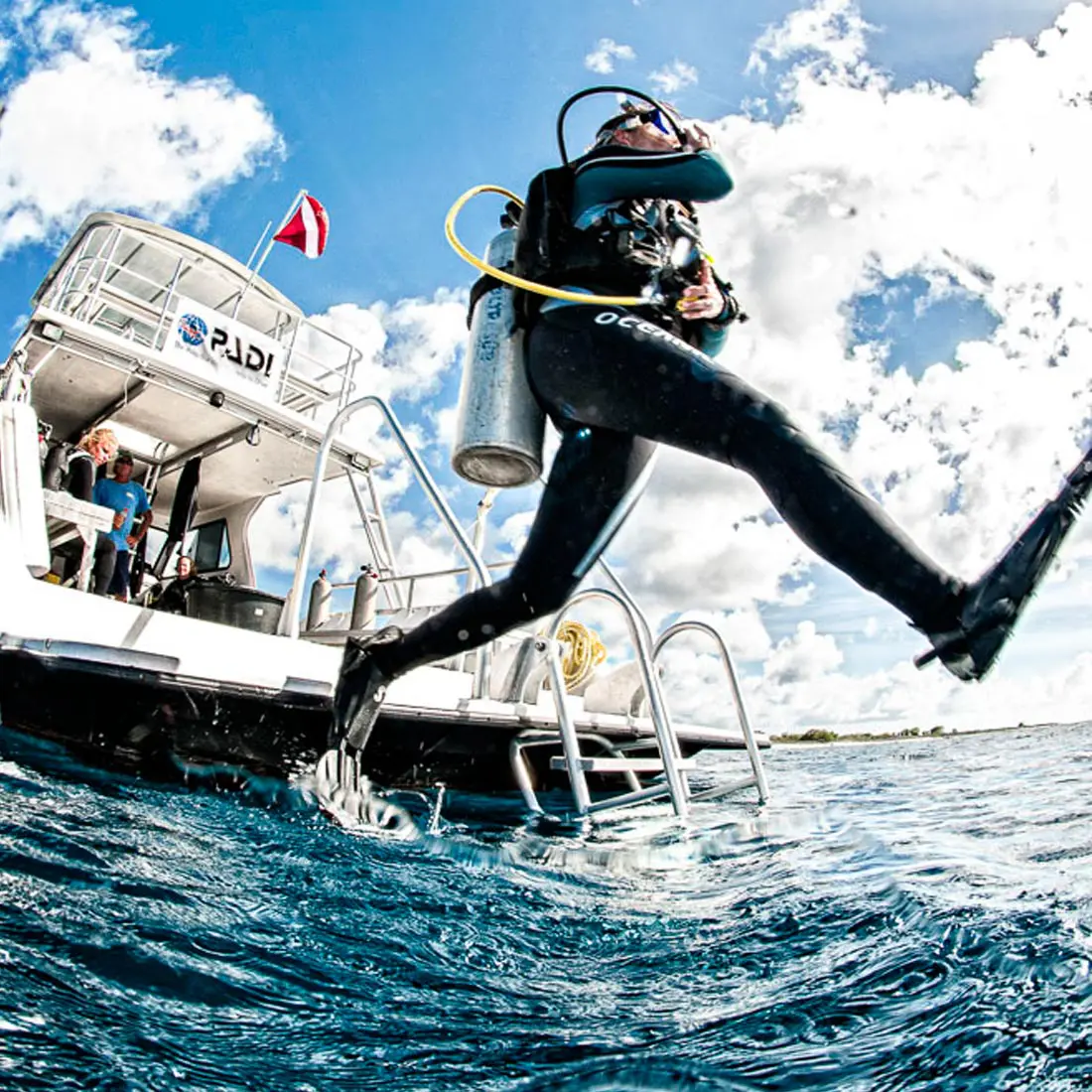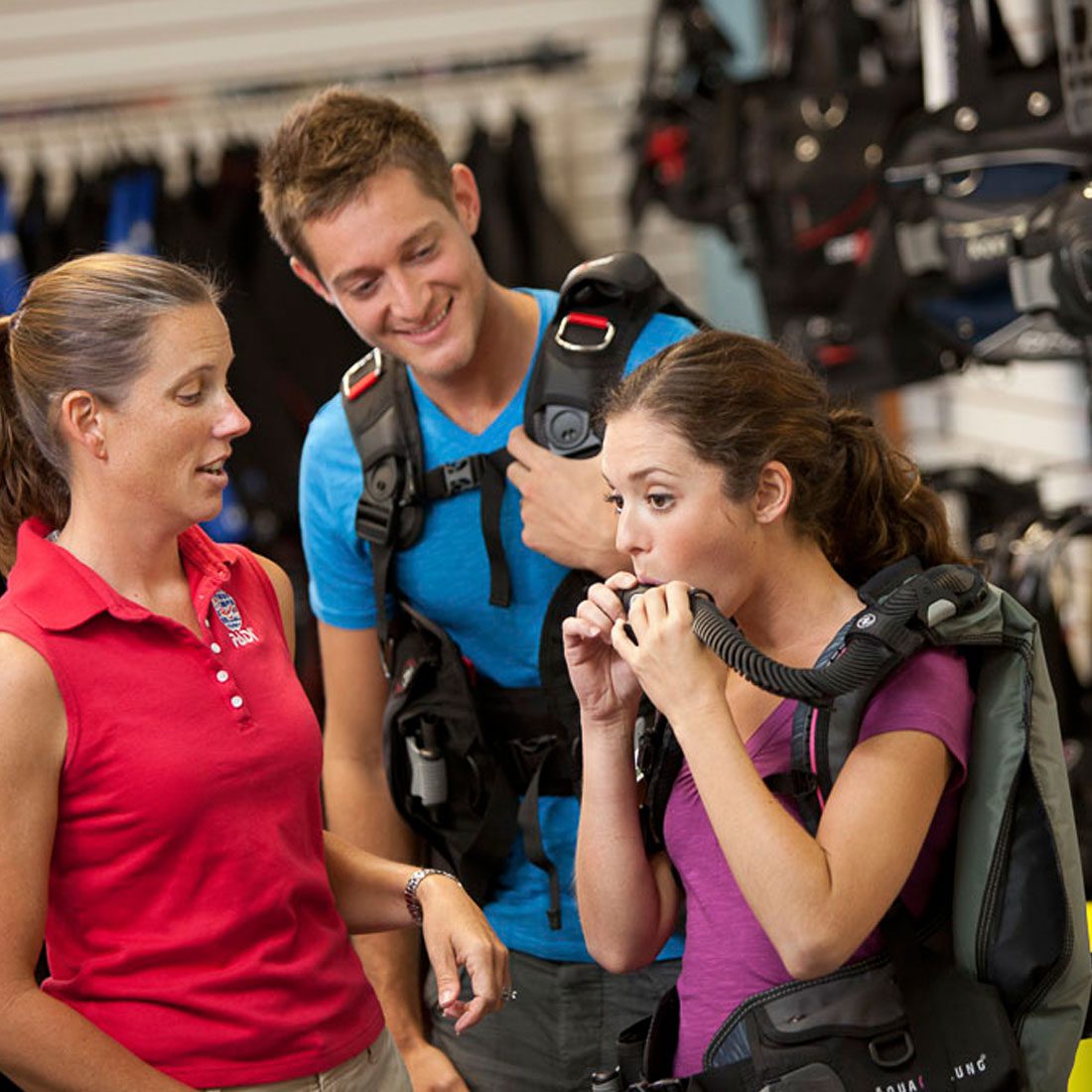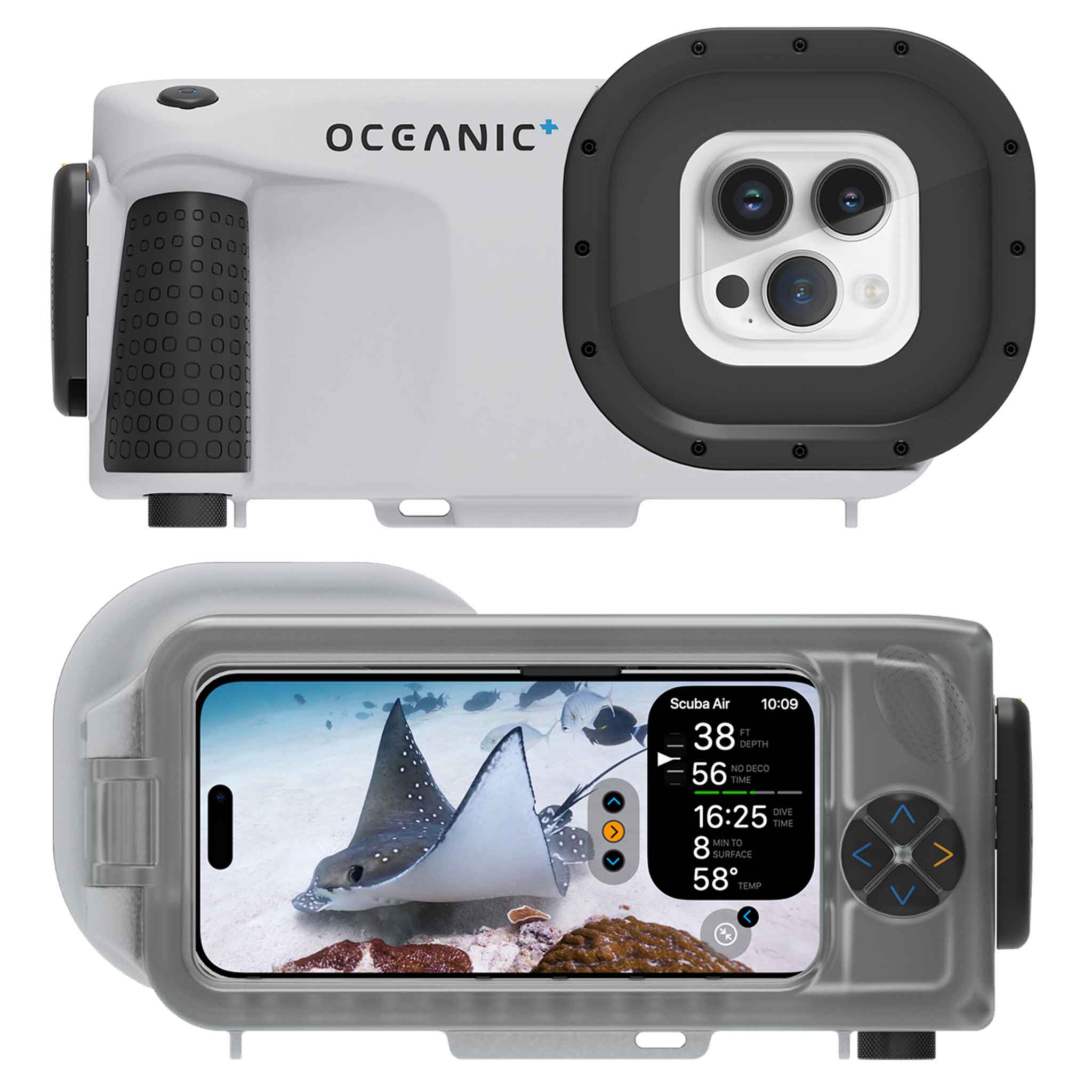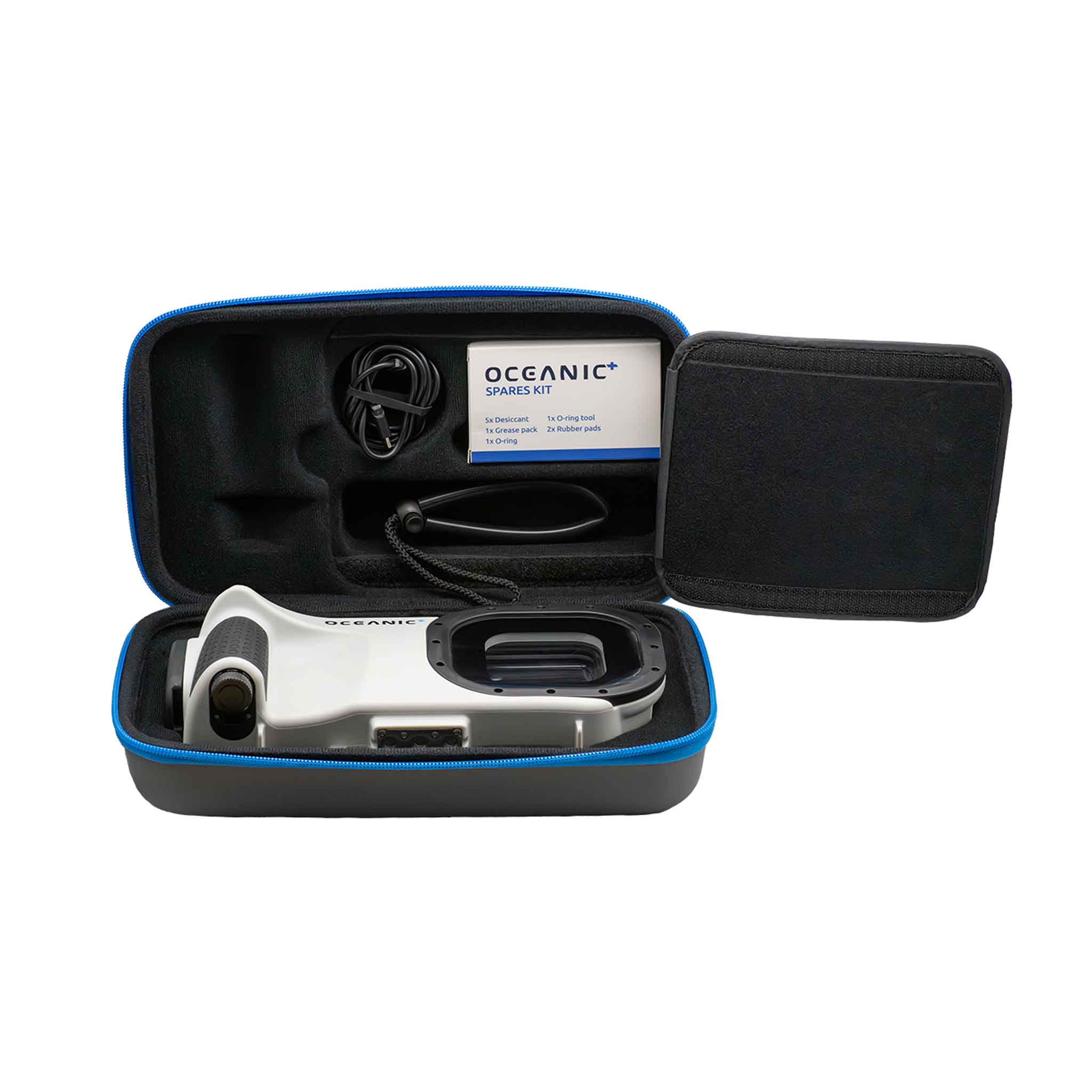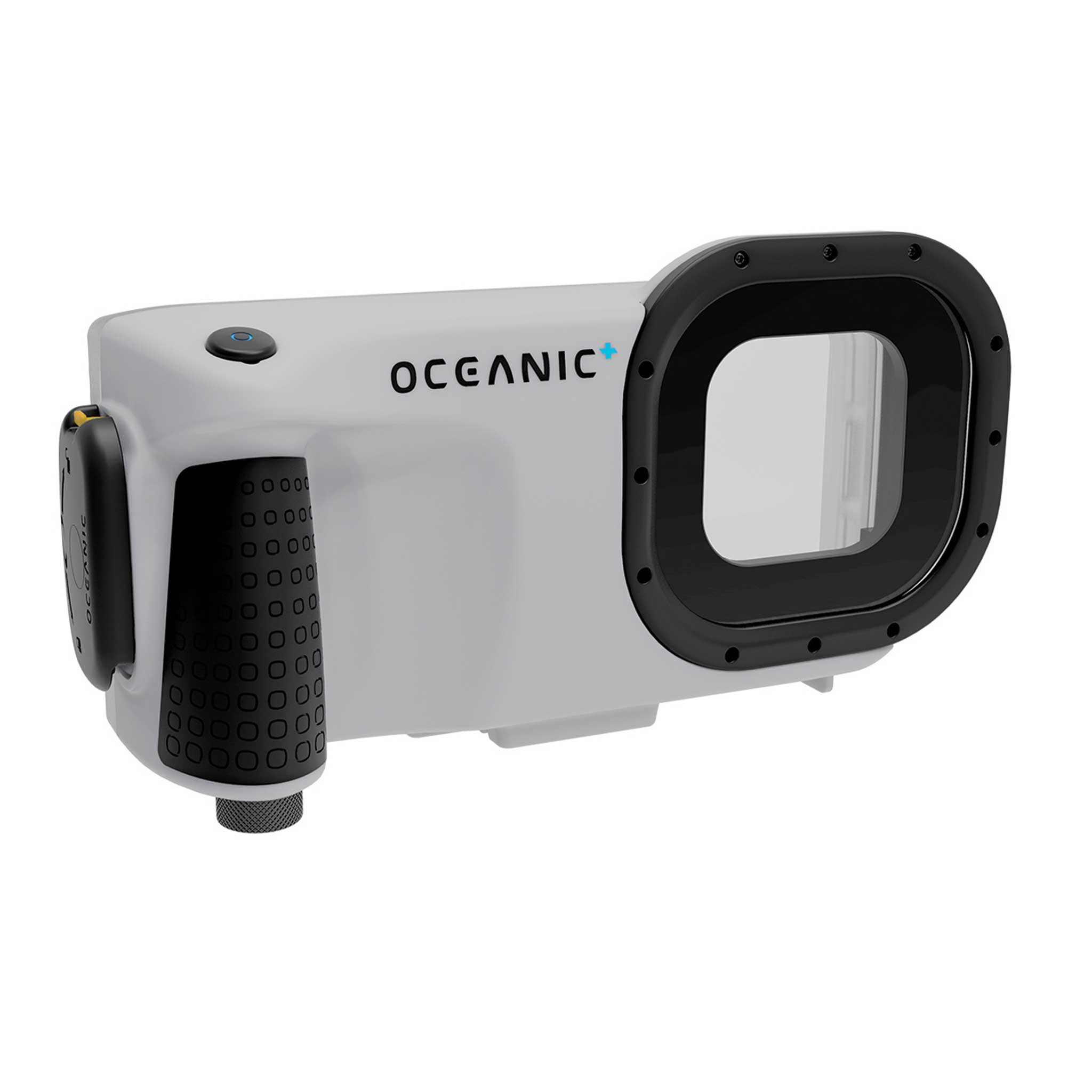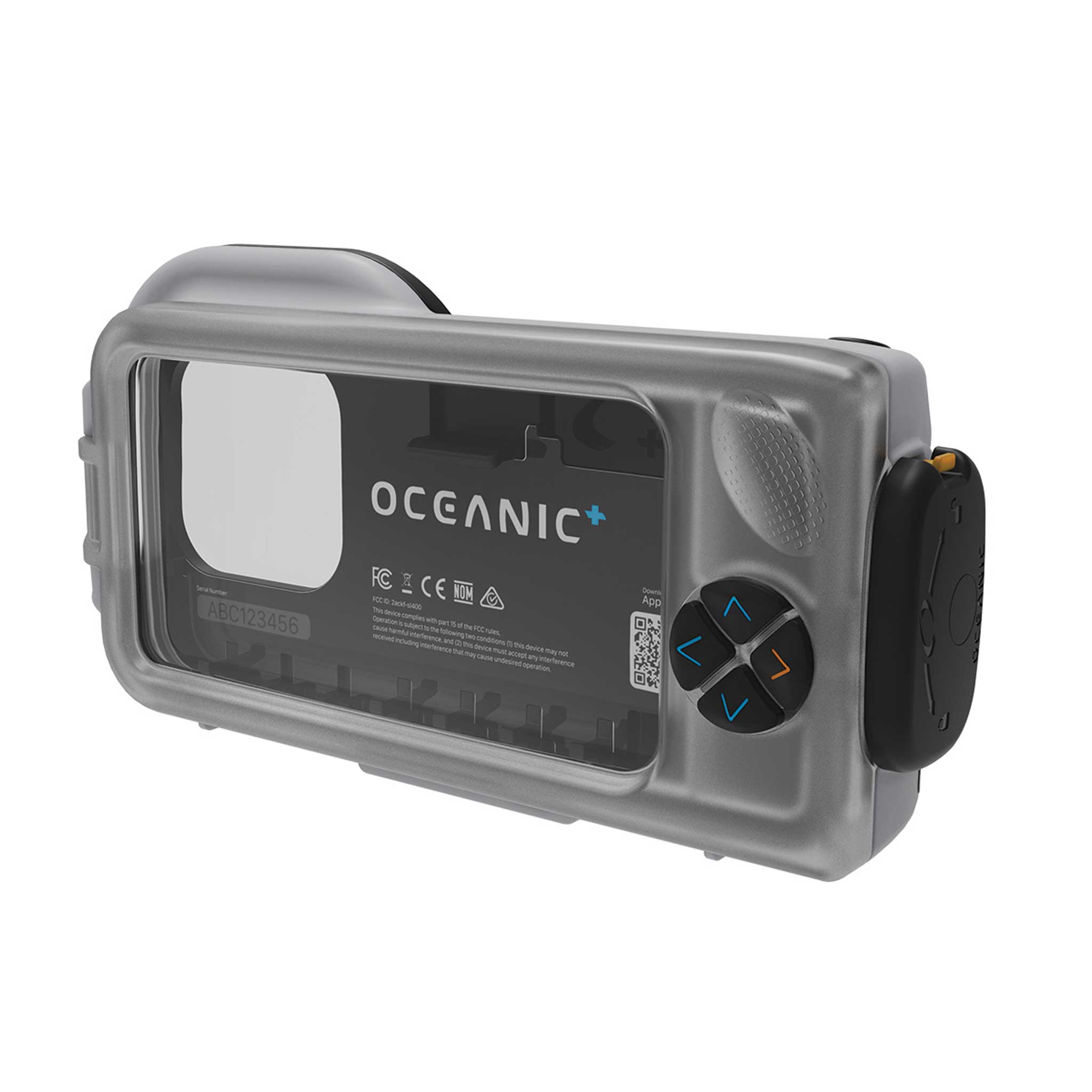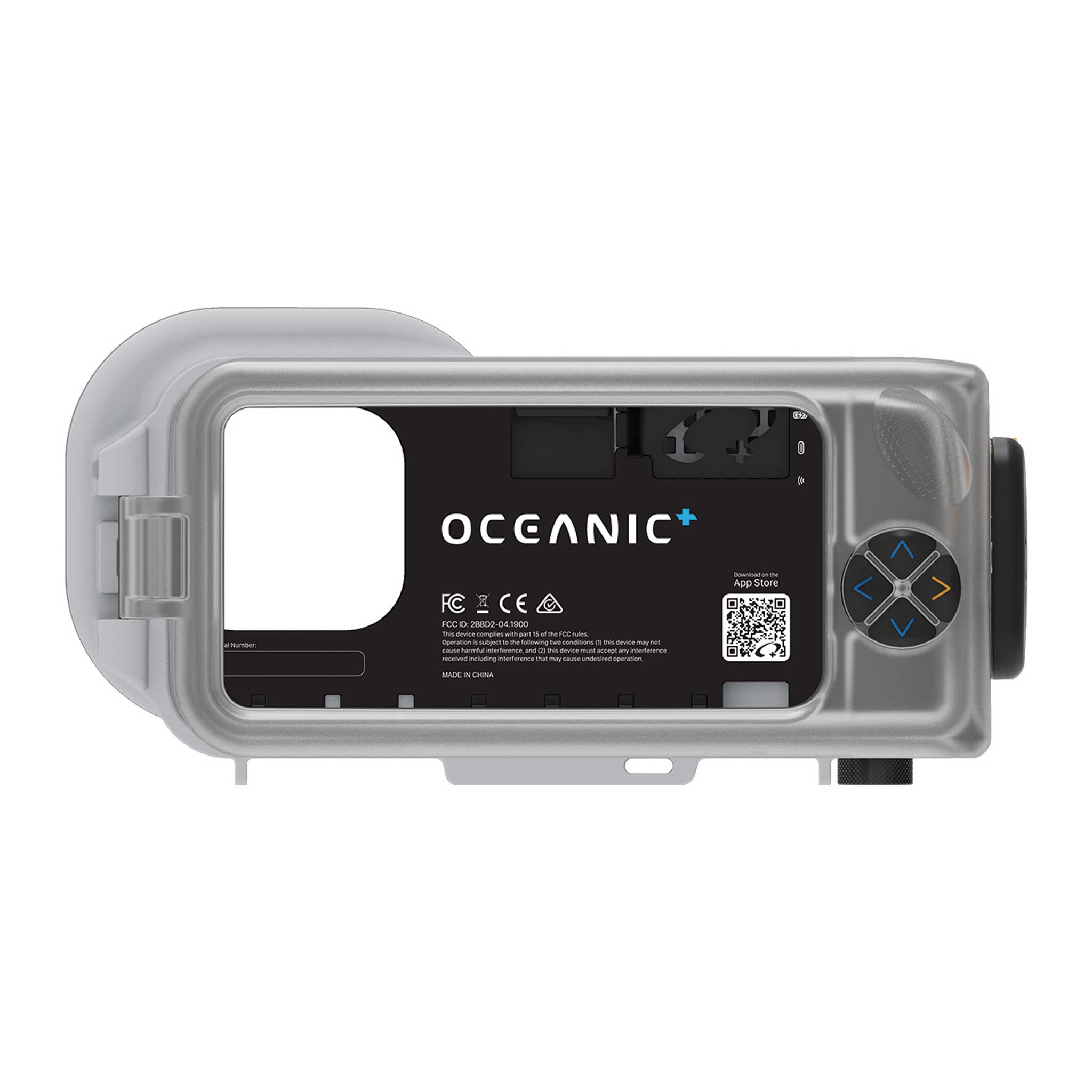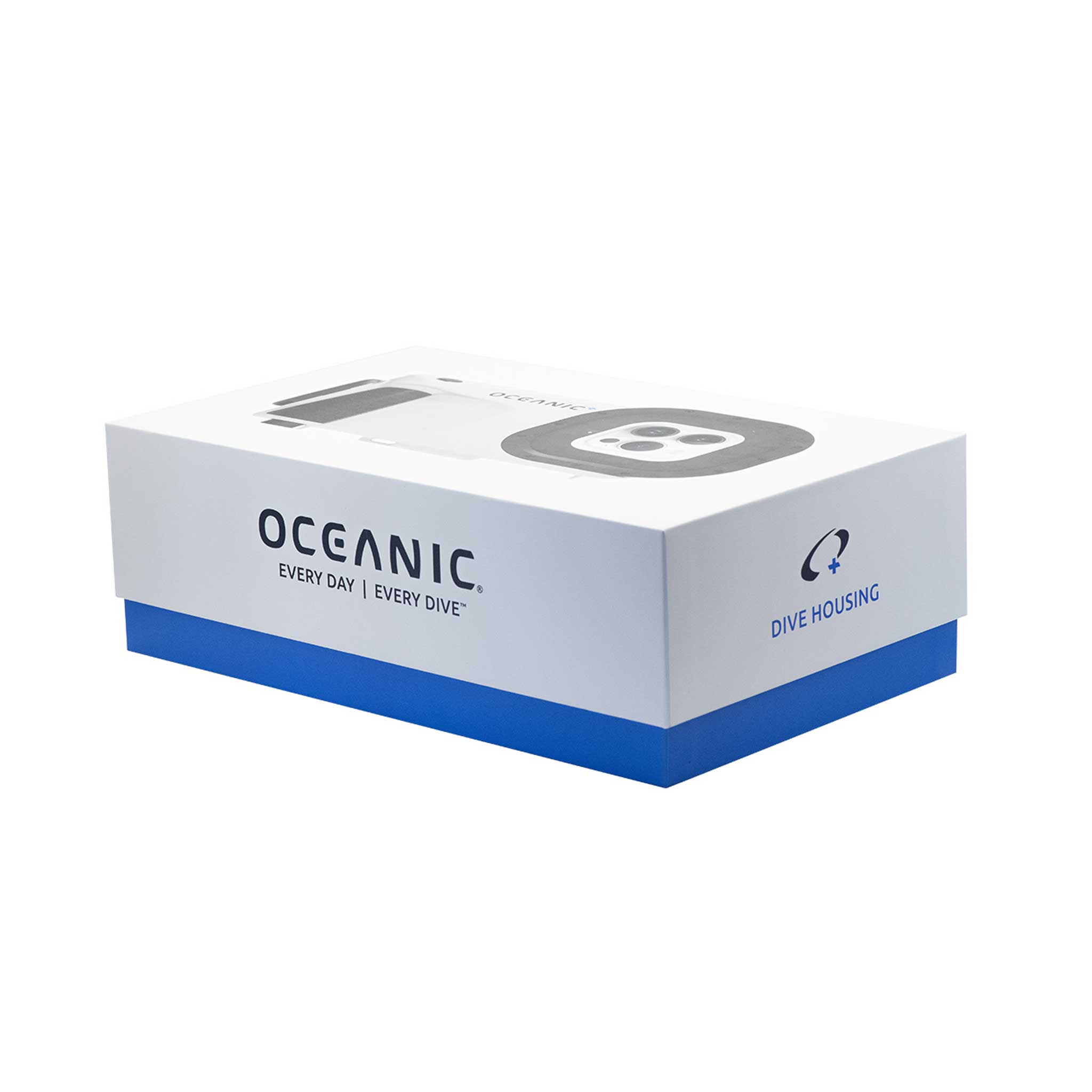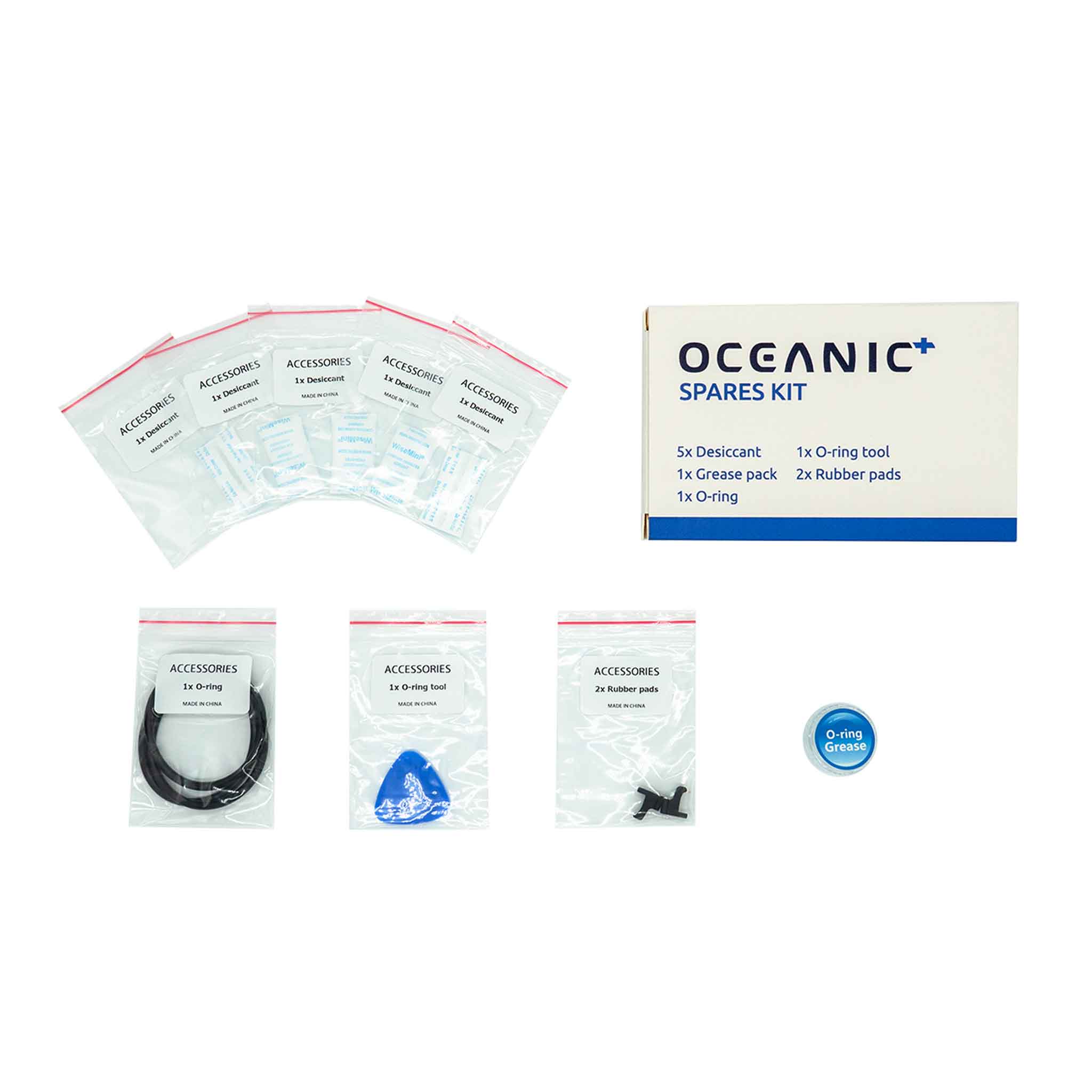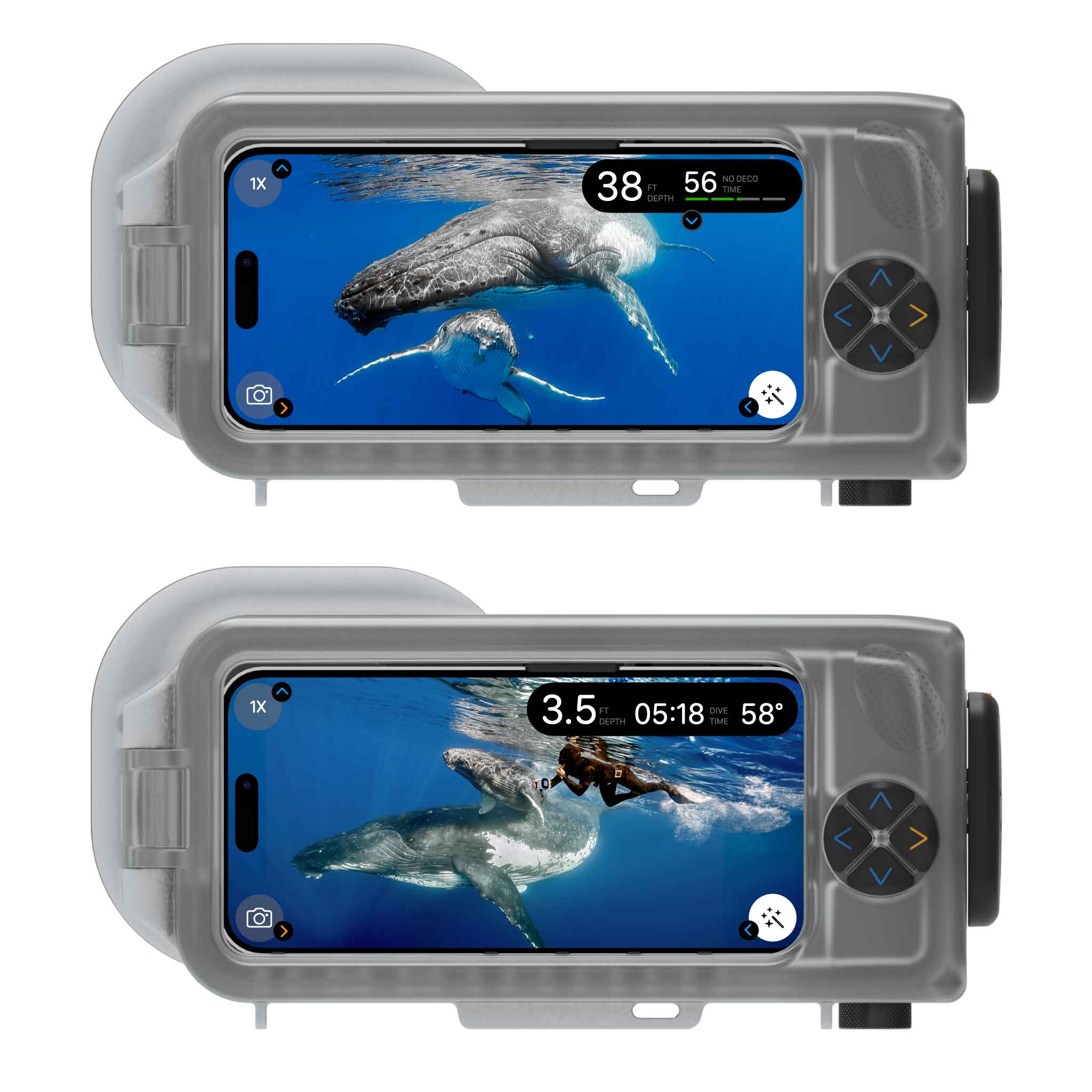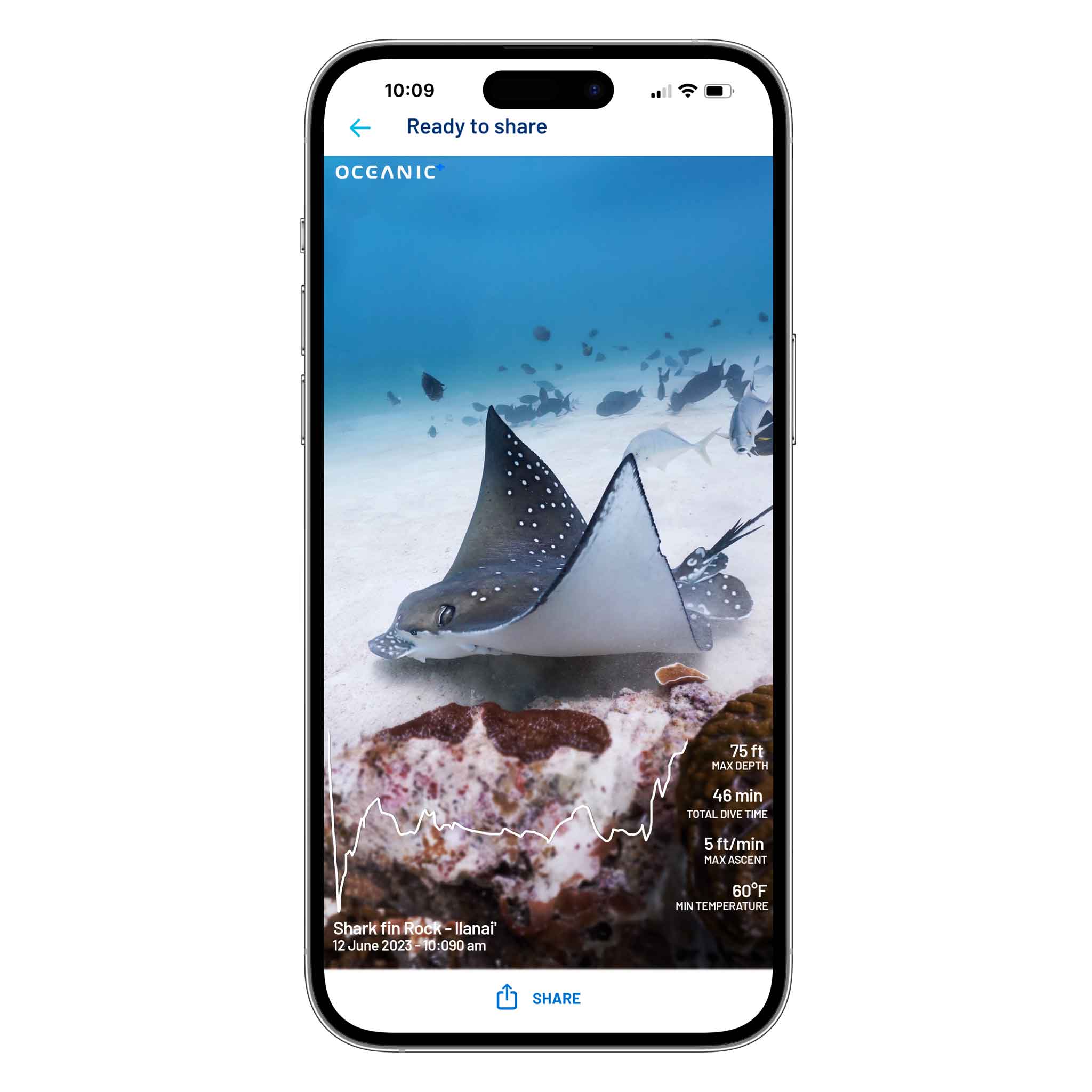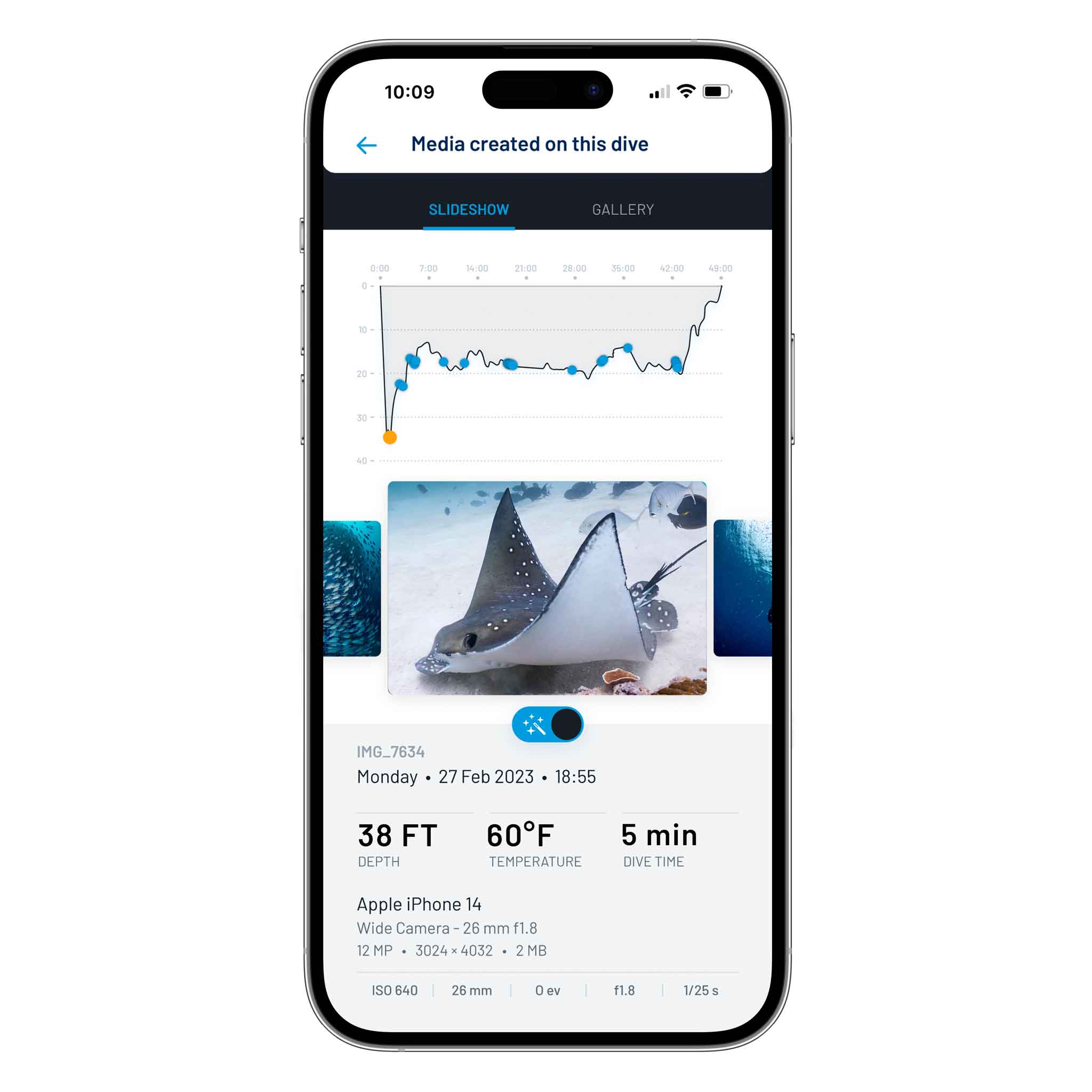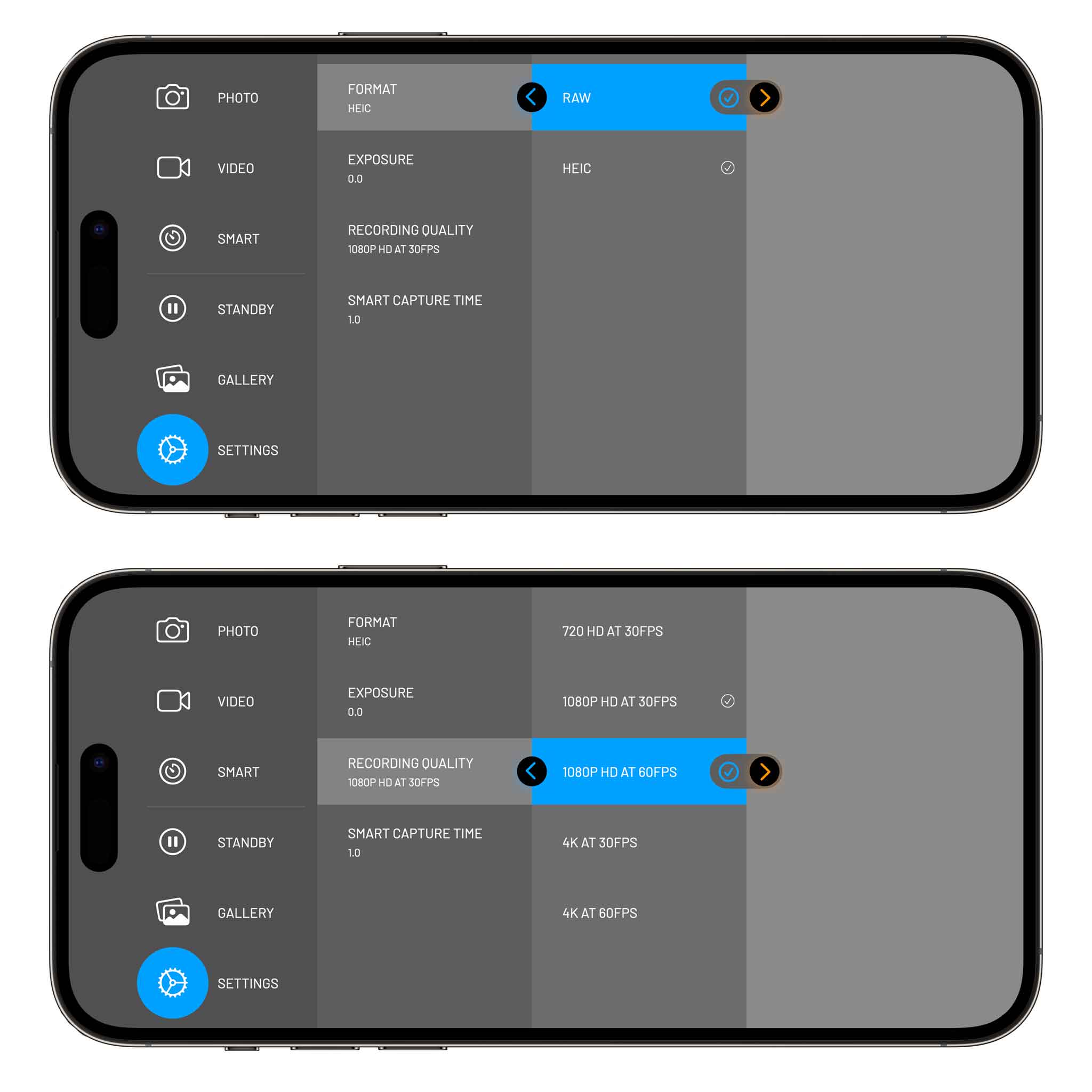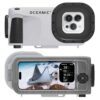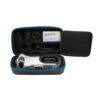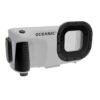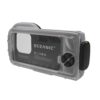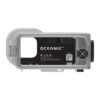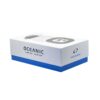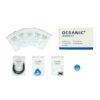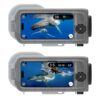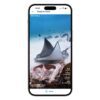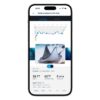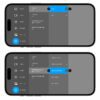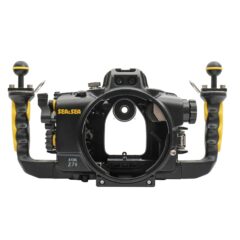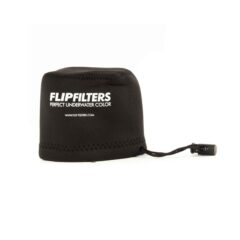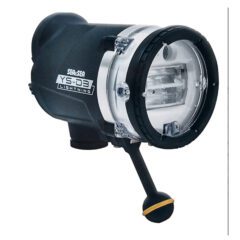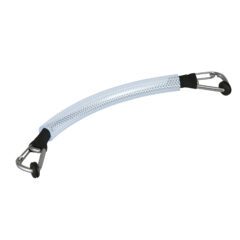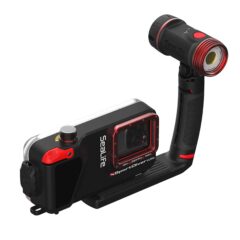Oceanic+ Dive iPhone Diving Case with 60m Rating
$979.00 Original price was: $979.00.$899.00Current price is: $899.00. inc. GST
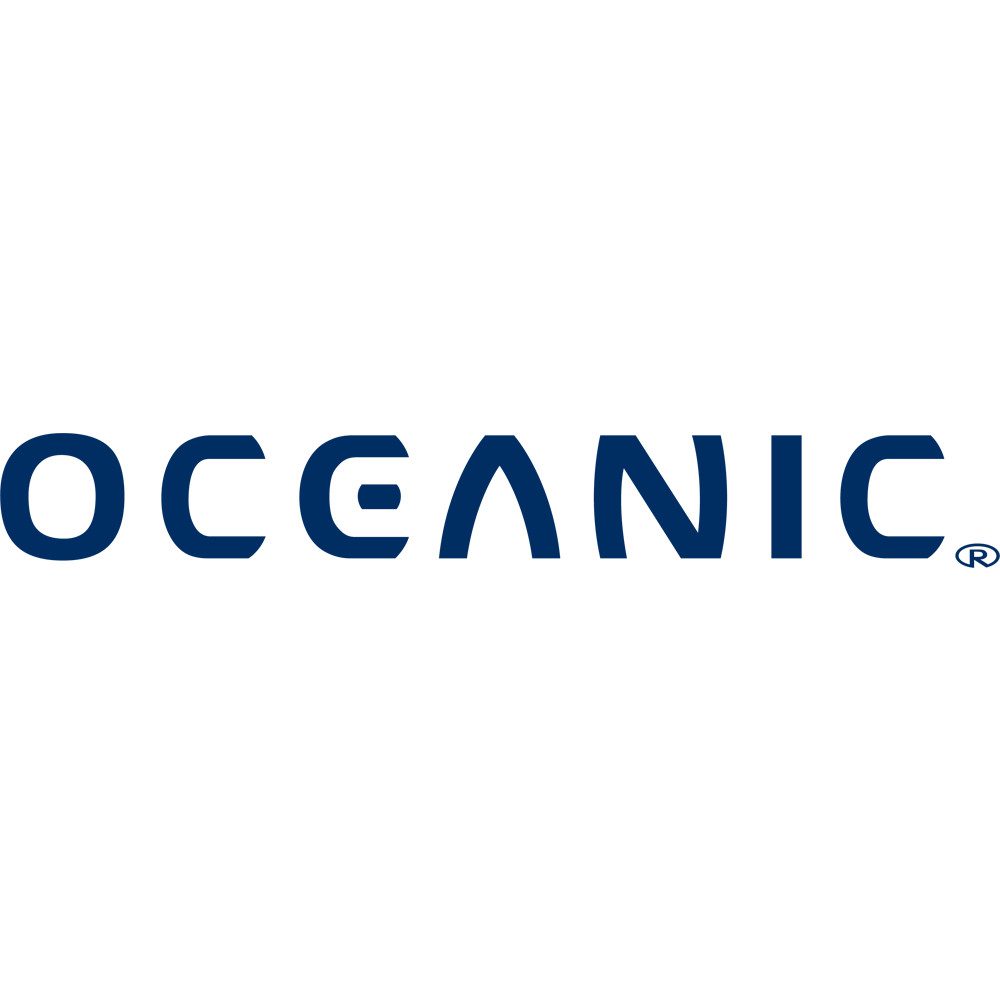
Oceanic+ Works With Both Apple Watch Ultra and iPhone – It’s Your Dive Your Story.
Oceanic+ Dive iPhone Housing
The Oceanic+ Dive iPhone Diving Case lets you use your iPhone as both an underwater camera and a dive computer, allowing you to take great photos with automatic colour correction on your iPhone during any water adventure.
With the Oceanic+ app and iPhone water housing, your iPhone also becomes a fully functional dive computer. The Oceanic+ app allows you to use the same subscription for both the Apple Watch Ultra and iPhone, saving you money. It also provides greater redundancy for diving with both the Apple Watch Ultra and iPhone with Oceanic+ dive housing. The primary computer will be selected for your dive data at the end of each dive.
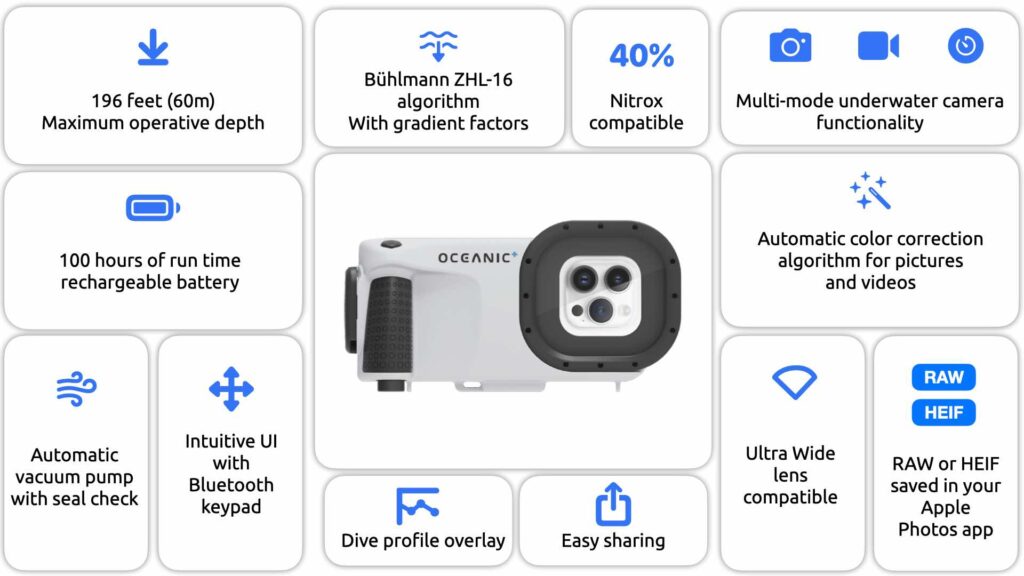
Oceanic+ iPhone Underwater Case Features
- iPhone underwater case utility
- Automatic colour-correction
- Oceanic+ app integration
- Advanced photo and video features
- Multiple camera mode
- Direct saving to iPhone
- Enhanced pictures with dive data
- Social sharing
- Ultra-wide lens compatibility
- Integrated depth and temperature sensors
- Product weight: 2.15 lb (975 g)
- Operating temperature range: 39°F (4° C) – 95° F (35° C)
What’s in the Box
- 1 x Oceanic+ iPhone diving case
- 1 x USB cable
- 1 x hand lanyard
- 5x desiccant
- 1x grease pack
- 1x O-ring
- 1x O-ring tool
- 2x rubber pads
Advanced Photo & Video Features, Including Digital Colour Correction Filters for the Best Images Possible:

The Oceanic+ underwater iPhone case has advanced features, including digital colour correction filters that can help you capture high-quality images and videos underwater.
- Camera Modes – The Oceanic+ iPhone Diving Case allows for various modes, such as photo, video, and smart mode with simultaneous video and photo capture.
- Pictures are Saved Directly to Your iPhone Photos App – The Oceanic+ saves all your photos and videos directly to your iPhone Photos app, making it easy to access and share them.
- Enhanced Pictures with Dive Data – You can view and share your photos with or without overlaying your dive profile.
- Share Photos and Profiles Through Social Networks – The Oceanic+ iPhone water housing allows you to share your photos and profiles with others through social networks, such as Facebook or Instagram, using the Oceanic+ app.
- Works with Ultra-wide Lens Features on iPhones – The Oceanic+ underwater iPhone case is compatible with ultra-wide lens features on newer iPhones, which can help you capture a wider field of view underwater.
- Photos and Videos are automatically Added to Your Oceanic+ Logbook – The Oceanic+ iPhone diving case allows you to add your photos and videos to your Oceanic+ logbook post-dive, providing a comprehensive record of your dives.
- Capture RAW and Compressed Media – The Oceanic+ iPhone underwater case allows professionals to record media files in both RAW and compressed formats, offering control and flexibility for post-dive analysis and editing.
- Your privacy is our top priority – Oceanic values privacy and does not share your data. Your photos and videos are exclusively saved on your Apple iPhone’s operating system, giving you complete control over your sensitive information.
About the iPhone Diving Case

- Step-by-Step Instructions – Before and after each dive, an animated and written process guides you step-by-step to follow all instructions and actions. This innovative feature allows all users to follow the correct procedure each time they use their iPhone underwater case.
- Automatic Vacuum Pump with Seal Check/Integrated Leak Detector – The Oceanic+ Dive Housing has an automatic vacuum pump that creates a tight seal around your iPhone, helping to prevent water from entering the housing. The integrated leak detector alerts you if there is any moisture detected.
- Integrated Depth and Temperature Sensors – The Oceanic+ Dive Housing has sensors that measure depth, pressure and temperature, providing important information about your dive.
- Maximum Operating Depth of 60 metres (196 feet) – The Oceanic+ underwater iPhone case is designed to operate at depths of up to 60 metres (196 ft), allowing you to explore deeper underwater environments.
- Durable Material – The Oceanic+ Dive Housing is made of a tough and impact-resistant glass-fibre reinforced techno-polymer material that can withstand underwater use.
- Rechargeable Lithium Battery via Included USB-C – The Oceanic+ iPhone diving case has a rechargeable lithium battery that can be charged using the included USB-C cable.
- Electronic Bluetooth® Interface – The Oceanic+ Dive Housing uses Bluetooth technology to connect with your iPhone, allowing you to control its features and settings.
- User Interface Controlled by Directional Pad Controller – The Oceanic+ Dive Housing has a directional pad controller that allows you to easily navigate through the user interface and access all the features.
- Ergonomic Over-Moulded Handle for Excellent Grip – The Oceanic+ iPhone water housing has an ergonomic handle made of two materials, providing you with a comfortable and secure grip.
- Includes a Thermoformed Travel Box – The Oceanic+ Dive Housing comes with a travel box that’s designed to protect it from scratches and other damage during transport.
- Compatible with iOS16 and Above – The Oceanic+ Dive Housing is compatible with newer iPhones that have iOS16 or above installed (scroll down to see if your iPhone is compatible).
- Wrist Lanyard – Included with the Oceanic+ iPhone diving case for added security in the water.
The Oceanic+ Dive Housing is Compatible with Devices that Run iOS 16 and Above, Listed Below:
| iPhone 15 Pro Max | iPhone 14 | iPhone 12 Mini | iPhone X |
|---|---|---|---|
| iPhone 15 Pro | iPhone 13 Pro Max | iPhone 11 Pro Max | iPhone SE (3rd Generation) |
| iPhone 15 Plus | iPhone 13 Pro | iPhone 11 Pro | iPhone SE (2nd Generation) |
| iPhone 15 | iPhone 13 | iPhone 11 | |
| iPhone 14 Pro Max | iPhone 13 Mini | iPhone Xs Max | |
| iPhone 14 Pro | iPhone 12 Pro Max | iPhone Xs | |
| iPhone 14 Plus | iPhone 12 Pro | iPhone Xr |
Dive Computer
The Oceanic+ iPhone diving case runs the same dive computer app (Oceanic+) developed for the Apple Watch Ultra. Click here to review all Oceanic+ features. The UI on the iPhone allows you to collapse the dive data to the essentials when focusing on taking pictures or videos. New updates and functionalities are released on a regular basis, making Oceanic+ the last dive computer you’ll ever need.
Camera
- Record Media Files in RAW and Compressed Formats – The Oceanic+ iPhone water housing offers professionals the ability to capture media files in both RAW and compressed formats, ensuring optimal evaluation and control of images.
- White Point Correction for Depth-Adaptive Adjustments – The Oceanic+ iPhone diving case incorporates white point correction technology, which automatically adjusts based on the depth of the dive. This innovative feature enhances image accuracy by accounting for the varying colour temperature and light conditions experienced underwater.
- Safety Warnings: Safety warnings are customizable and displayed as visible and/or haptic notifications to the user during the dive for decompression stops, safety stops, ascent rates, and more.
- Safety Stop: A safety precaution after each dive is to pause for 3 minutes at 15 feet (5 meters) prior to the final ascent. This allows for the diver to release any residual nitrogen still in the body. Note the safety stop time could be longer depending on a variety of factors, including no decompression time and ascent rate.
- Time To Surface: Displays the estimated time to reach the surface without exceeding the ascent speed of 32 ft per minute plus any decompression stop time if the diver has entered into decompression dive plus a safety stop of 3 minutes.
- Decompression Stops: Once a diver has exceeded the no decompression limit, mandatory decompression stops will be activated and will vary based on the depth and time spent at a particular depth. We recommend even with advanced training to always stay within your no-decompression limits. Your variometer will indicate the decompression ceiling along with a decompression time and countdown timer.
- Nitrox: Nitrox refers to any air (nitrogen/oxygen) mixture with more than 21% oxygen.
- Nitrox Ready up to 40%: This means this product is suitable for Nitrox gas mixes up to 40% oxygen.
- PPO2: Stands for the partial pressure of oxygen which is affected by your current depth or atmospheric pressure. It is important to note when changing the oxygen percentage in settings for Nitrox mixes, the MOD calculation appears which is the maximum allowable depth for the selected gas.
- Max Depth: Maximum depth reached during your current dive will be displayed.
- CNS + PPO2: CNS is an oxygen clock displayed in number of minutes remaining based on your PPO2 levels while PPO2 is partial pressure of oxygen at that point during the dive. Increases in PPO2 cause the CNS exposure time to decrease rapidly.
- Pre-dive Menu: This is a summary of your pre-dive settings which include your gas mixture (ex. Air 21%), maximum planned depth/time, altitude, and more. It is launched from the menu, the action button, or auto-launch. Pre-dive allows you to check the selected settings prior to the dive, and even update them through the crown and action button in shallow water.
- Compass: 3D Tilt-Compensated Compass can be accessed during the dive, including setting a dive heading.
- GPS Location: Adding to its unmatched convenience, the Oceanic+ logbook automatically tracks your start and end point through GPS and will autosave the session for future reference. No more forgetting to manually record each dive in your logbook, it’s done automatically.
- Total Dive Time: This is the total expected time underwater for your next dive
- Max Depth: This is the maximum planned depth for your next dive
- Gas Mix: The Oceanic+ app has the ability to manage multiple tanks during the same dive. Make sure you have the appropriate level of training for this type of activity.
- Conservatism: This option changes the conservatism level of your decompression algorithm. These are factors that could increase the possibility of decompression sickness. It is recommended that you choose the option based on your personal diving experience. If you are unsure, we recommend using the default or most conservative setting.
- Gradient Factors: The Oceanic+ app employs the unmodified Bühlmann ZHL-16C algorithm with gradient factors. Gradient factors are used to lower the maximum tolerated supersaturation in the tissues with respect to Bühlmann’s original values. This results in less nitrogen in the body at the end of the dive, which under normal circumstances makes the dive more conservative. Gradient factors are expressed in pairs: the first value, also called GF low, represents the percentage of the original Bühlmann value that defines the beginning of the final ascent (relevant only in decompression dives); the second value, also called GF high, represents the percentage of the original Bühlmann value that defines the residual nitrogen at the surface at the end of a dive.
- Altitude (Auto): The Oceanic+ app can be adjusted for diving at different altitudes. This setting automatically adjusts the decompression calculation according to the given altitude range. WARNING: Traveling to a higher elevation can temporarily cause a change in the equilibrium of dissolved nitrogen in the body. It is recommended that you acclimatize to the new altitude before diving.
- Surface Intervals: This is the time on the surface between dives.
- No Fly Time: No fly displays the time until flying is safe. The countdown starts immediately after a dive is made for 24 hours. No fly time is important prior to travel to ensure any residual nitrogen is removed from the diver. After each dive, the no-fly time will be calculated based on DAN no-fly time.
- Logbook: In addition to seeing the classic dive profile of your depth and time, you can activate an overlaid graph with temperature information, ascent rates, and no-deco time throughout the entire dive profile. Each dive log features the ability to add dive visibility, surface conditions, and currents.
- Gear Locker: In addition, the logbook features a gear locker that allows you to keep track of gear used, as well as how long it has been in service and scheduled service dates.
- Share Your Dive: Lastly, through the social component, connect with dive buddies, share logs with friends, rate your favourite dive spot, and save photos for each dive, including the GPS location tag.
- Surface Mode: After surfacing, Oceanic+ immediately shows your last dive profile, including depth, time, and other important information. This surface mode also shows the surface time, and the recommended no-fly time, along with the estimated maximum allowed elevation. After the no-fly time has elapsed, the surface platter disappears, and all dive data is stored in the logbook.
- Lifetime Stats: total number of dives; total time diving
- Seasonal Stats: Number of dives, time diving, max depth… weekly, monthly, and annually
- Stats By Activity: Dive, Snorkeling
Camera In Depth

Record Media Files in RAW and Compressed Formats
The Oceanic+ Dive Housing offers professionals the ability to capture media files in both RAW and compressed formats, ensuring optimal evaluation and control of images. This feature caters to the needs of experienced divers who require high-quality, unprocessed files for post-dive analysis and editing. By recording in RAW format, divers can retain all the original data captured by the camera sensor, enabling them to make precise adjustments and enhancements during the post-processing stage. Compressed formats, on the other hand, provide a convenient option for divers who prefer smaller file sizes without compromising overall image quality. With Oceanic+ Dive Housing, divers have the flexibility to choose between these formats, empowering them to achieve their desired visual outcomes.
The Oceanic+ Dive Housing incorporates white point correction technology, which automatically adjusts based on the depth of the dive. This innovative feature enhances image accuracy by accounting for the varying colour temperature and light conditions experienced underwater. The Oceanic+ Dive Housing offers multiple presets that cater to different diving depths, ensuring accurate colour representation throughout the dive. By applying depth-dependent white point correction, divers can achieve optimal image recording to facilitate post-dive correction algorithms. This capability results in improved image quality and colour fidelity, enabling divers to capture and preserve the true essence of their underwater experiences.
How To Use An Underwater iPhone Housing
Using an underwater iPhone housing allows you to take your iPhone into aquatic environments while protecting it from water damage. Here are the general steps to use an underwater iPhone housing:
- Select the Right Housing:
- Ensure that your housing is compatible with your iPhone model and has the appropriate depth rating for your intended underwater activities, and read the manufacturer’s manual.
- Prepare Your iPhone:
- Make sure your iPhone is clean, dry, and free of any dirt or smudges.
- Ensure that the iPhone is securely and correctly placed inside the housing. Follow the manufacturer’s instructions for proper placement.
- Test the Housing:
- Before submerging your iPhone, test the housing in shallow water or a controlled environment to ensure it’s properly sealed and waterproof. Check for any leaks.
- Secure All Seals and Latches:
- Make sure all the housing’s seals and latches are securely closed and sealed to maintain its waterproof integrity.
- Familiarize Yourself with Controls:
- Learn how to use the housing’s controls and buttons for accessing the iPhone’s features, taking photos, and recording videos. Some housings have dedicated buttons for these functions.
- Buoyancy Control (if applicable):
- If your housing has adjustable buoyancy, set it to your preferred level to ensure the housing remains manageable underwater.
- Submerge Your iPhone:
- Slowly and carefully submerge your iPhone and housing into the water. Take note of the depth rating and ensure you stay within safe limits.
- Underwater Operation:
- While underwater, use the housing’s controls to take photos, record videos, and access your iPhone’s apps and features. Ensure that the housing’s touchscreen cover allows for touch sensitivity.
- Careful Handling:
- Be cautious when handling the housing underwater, and avoid sudden, jerky movements. Treat your iPhone and housing as if you’re handling expensive camera equipment.
- Maintenance:
- After each use, thoroughly rinse the housing with fresh water to remove salt, sand, and other debris. Keep the housing clean and dry.
- Regularly inspect the seals and O-rings for any signs of wear or damage. Replace them if necessary to maintain the waterproof seal.
How Products are Shipped
Orders are sent via Australia Express Post, Couriers Please, Startrack and Australia Post. PO Box and Parcel Locker addresses are shipped via Australia Post; however, We cannot ship large items to these addresses, so you will need to provide a residential or business address. All smaller items and as many as possible are sent via Australia Express Post for a speedy delivery.Large Item Shipping Costs
Due to the increased freight costs, some large items incur an extra shipping fee in addition to the Flat rate shipping cost.
Large Dive Bags: $30 Long Freediving Fins: $15 Long Spearguns: $ 20Shipping Time Frame
All orders are usually shipped the same day if ordered before 12 pm or 1-3 days after the initial purchase. At DGA, We only use reputable couriers that offer excellent service and fast delivery. Rural locations may take longer to arrive.Shipping Rural and Remote, Offshore islands and Territories of Australia
In rural and remote parts of Australia, shipping will depend on the availability of our shipping companies that can transport your goods to you. We always choose the fastest way possible. Please note our flat rate of $20 is based on delivery to mainland Australia. Some Rural parts of Australia, Offshore islands and Territories of Australia may incur additional postage costs due to the remote location, which means our DGA Customer Service team will contact you or the extra shipping costs.Package Handling
Dive Gear Australia staff are fully vaccinated for the safety of all and follow safe shipping and packing practices.Hassle-Free Easy 30-Day Returns Policy
We understand that the product that you have purchased may not suit or fit you. For us to best assist you in preparing for a return or exchange, please read the following information carefully before returning a product. DGA Dive Gear Australia offers you a 30-day exchange policy on most products within Australia for all goods that are unused and in a saleable condition. This means: Eligibility Conditions- The product and packaging are undamaged, unworn, unmarked and where applicable with tags still attached.
- Must include all packing material, manuals, blank warranty cards, and accessories.
- If you believe your product is faulty, please refer to the faulty items section below.
- Dive Gear Australia is not responsible for misuse of products or poor treatment of goods including proper care and servicing or equipment on time.
- Claims for missing items or items damaged in transit must be received within 7 business days of receipt of merchandise.
Returns and Exchanges
For all returns and exchanges, please contact us at sales@divegearaustralia.com.au outlining what product you would like to return, the reason and your order number. We will do our very best to look after you from there as soon as possible.Return and Exchange Shipping
Unless an item is defective, If you need to exchange or return an incorrect product, please send the item back with a copy of your invoice and any instructions or information we might need. Our customer service team will contact you as soon as we receive the goods for any charges and the cost of the return freight. Return Address: Dive Gear Australia Phone Number 0397023694Clearance and Non-returnable Items
Special order merchandise or any item indicated on the website as non-returnable is as such. Clearance items are not refundable and may not be returned unless there is a clear warranty issue or fault with the product. We will exchange as long as stock is available of the same item.Refund and Credits
Please allow up to 14 days for a credit to appear on your account from the received date. We will issue your refund in the same way you made the original purchase, minus the original cost of shipping.
Click & Collect – LOCAL PICK-UP
Shop online and then collect your order in-store with our Click & Collect service. (Melbourne and Victoria customers only).
This means you can order your favourite product online and pick it up from our store, limiting the need for physical contact with our team.
Once your order’s processed, you’ll receive a confirmation email letting you know that your order is ready for collection.
Bring your confirmation email and ID to the front of the store.
Where do I collect my order from?
Dive Gear Australia
What if I need to add or Change items that I ordered?
When picking up your order, we’ll happily assist you with any changes.

